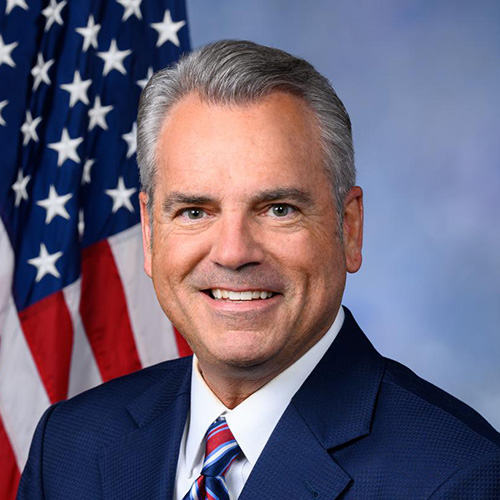Press Releases
Alford Applauds USDA Reorganization Plan, Selection of Kansas City as Hub
Washington,
July 25, 2025
Today, Congressman Mark Alford (MO-04) issued the following statement after the U.S. Department of Agriculture (USDA) announced a reorganization plan that includes making Kansas City, Missouri a new staffing and services hub for the agency. “We applaud Agriculture Secretary Rollins bold reorganization plan, which will bring the USDA closer to the farmers and ranchers it serves,” said Congressman Alford. “With more than 87,000 farms, Missouri is an excellent choice as a new hub for agency staff and services. With costly deferred maintenance and low occupancy rates, the USDA’s headquarters and other offices in the DC area have become an onerous burden on American taxpayers. Our office has long advocated for decentralizing federal agencies from the USDA to the Small Business Administration. The Kansas City Metro Area is proud to welcome the Agriculture Department.” Congressman Alford has been a longtime advocate for the decentralization of federal agencies, including USDA. As a member of the Agriculture Committee in the 118th Congress, he specifically pushed for this action. Now, as a member of the Appropriations Committee he has oversight of the USDA’s budget. Additional background courtesy of the USDA: The Department currently has approximately 4,600 employees within the National Capital Region (NCR). This Region has one of the highest costs of living in the country, with a federal salary locality rate of 33.94%. In selecting its hub locations, USDA considered where existing concentrations of USDA employees are located and factored in the cost of living. Washington, D.C. will still hold functions for every mission area of USDA at the conclusion of this reorganization, but USDA expects no more than 2,000 employees will remain in the NCR. USDA will vacate and return to the General Services Administration the South Building, Braddock Place, and the Beltsville Agricultural Research Center, and revisit utilization and functions in the USDA Whitten Building, Yates Building, and the National Agricultural Library. The George Washington Carver Center will also be utilized until space optimization activities are completed. These buildings have a backlog of costly deferred maintenance and currently are occupied below the minimum set by law. For example, the South Building has approximately $1.3 billion in deferred maintenance and has an average daily occupancy of less than 1,900 individuals for a building that can house over 6,000 employees. ###
|


